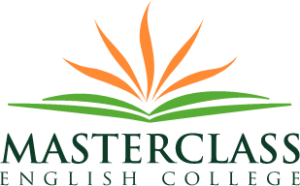It might be challenging to determine what constitutes an impressive creative writing composition, particularly in light of the new English curriculum. But we’re here to help with our tips for creative writing.
Students Should Do:
Use a variety of language strategies
The Craft of Writing module, especially under the current syllabus, frequently asks students to analyze their own original writing, pushing them to actively use literary devices (such as simile, symbolism, metaphors, and many others) into their writing.
Markers are very interested in how well you use literary devices, therefore they are explicitly checking to see how well you govern the language. So, utilize as many language-based strategies as you can.
What is the greatest strategy to study for the HSC English Exam as you can never really predict the scenario that will be presented to you? Practice!
By completing previous HSC English papers, which offer various prompts for creative writing, you expose yourself to a variety of possible queries. Here are some examples of possible stimuli for you:
Quotes
In some cases, you can be expected to write a creative composition that directly builds off the quote provided, and in others, you might merely be expected to draw inspiration from the statement. Another style of inquiry asks you to place the provided quote into your creative work where it makes the most sense.
Visual stimulation is a writing assignment where you are given an image and asked to write something creatively inspired by it. You can be given a setting by the photograph, and your task is to create a narrative that captures that location. For instance, the image of an alleyway served as the stimulus for Module C of the 2019 Standard HSC English Exam, which required students to use the setting within their inventive essay.
Students Shouldn’t do:
Avoid clichés
HSC examiners are weary of students using the same themes and stories repeatedly since they have seen it all before. Have you considered concluding your artistic work with “It was all a dream”? No! Drop that notion! As an illustration, while the phrase “brave as a lion” uses the literary device simile, it lacks all originality.
Show the character’s bravery through their character traits and deeds rather than implying that they are “brave as a lion.”
Don’t make things too complex
Be creative, of course, but do not overdo it. For instance, do not add too many extra characters. Keep it to a minimal (1-3 characters should suffice); this way, you can skip explaining the traits and personalities of the numerous characters.
Another illustration is to stay away from challenging genres. Historical backdrop and important historical events must be researched in great detail for complex genres like historical or other specialized genres. Just stick to your strengths.
Most importantly, enjoy writing your creative English essays. Make the most of the opportunity to push the boundaries of an essay. Be imaginative, have fun, and write on a subject that truly interests you.

